In 2015, the world celebrated soil: the United Nations proclaimed it the International Year of Soils.
Soil is perhaps the least understood—and therefore least considered—part of gardening. And yet soil is, next to water, the most precious resource that a gardener has. In this edition of Smart Gardener, we'll talk about soil in general.
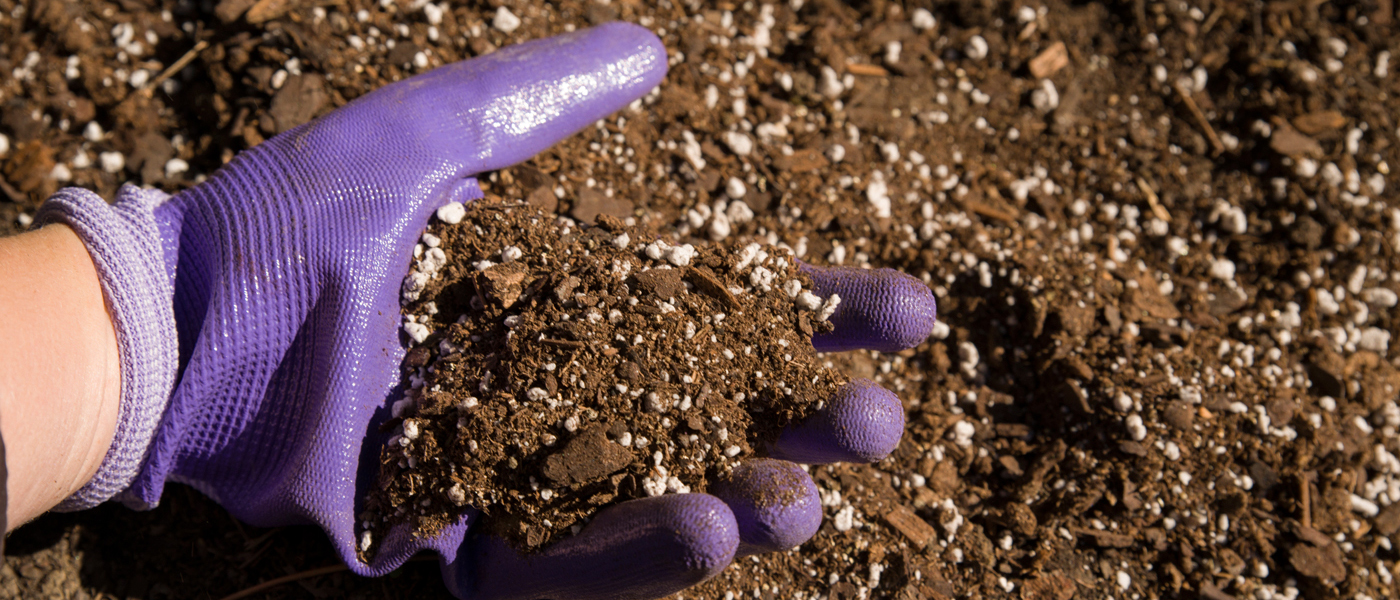
To begin, here's a helpful thought:
- Organic gardening practices focus on feeding the soil.
- Conventional gardening focuses on feeding the plant.
Gardeners often lavish attention on individual plants, while ignoring the very soil they're growing in. Indeed, some beginning gardeners are surprised to learn that garden soil is alive—and that there's a living, evolving system beneath their feet. As the caretaker of a living system, you should understand what's going on underground.
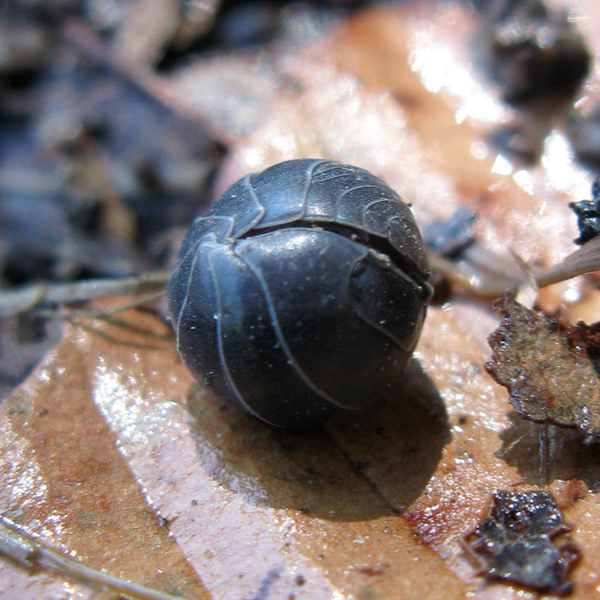
Garden soil is a host to a variety of life. photo credit: Dave Huth from Allegany County, NY, USA, CC BY 2.0, via Wikimedia Commons
What is soil?
Great garden soil teems with life, and the creatures that live there are responsible for breaking down leaves/compost/mulch into the nutrients that your plants need. Some creatures are relatively large (earthworms, pill bugs) and others are microscopic (fungi, bacteria).
The physical composition of ideal garden soil may surprise you. It should be 50 percent physical matter (45 percent soil aggregates like clay, silt, or sand and 5 percent humus/organic matter, meaning decaying plant and animal waste/remains). One quarter (25 percent) should be water. And the remaining 25 percent is—here's the surprise—simply air.
It makes sense when you think about it: The crumb structure of the soil, those tiny chunks of glued-together soil particles (fungi provide the "glue" that holds the particles together) give the soil that spongy texture that allows air and water to enter the soil and roots to penetrate and anchor the plants. The pore spaces between the crumbs of soil hold the oxygen that underground roots and animals need. They also create the spaces for water and tiny creatures to move around in. Pressure from above ground—from a car, a tractor, a team of soccer players—collapses the structure, and squeezes the air out of soil, compacting it and depriving the life beneath of oxygen.
A garden tip: Don't walk on your garden beds—make a path in your garden and stick to it! Your soil will thank you.
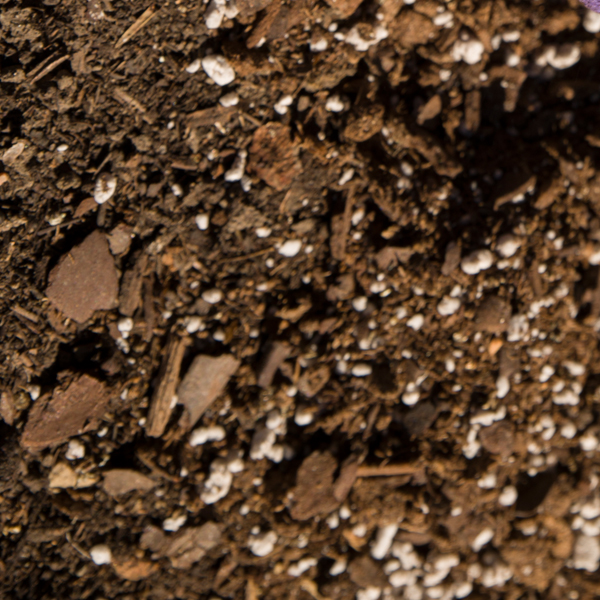
Healthy soil contains compost and organic matter in a light, aerated planting medium.
"Feed the soil, not the crop"
That quote from Robert Rodale—a "father" of organic gardening—famously reminds gardeners that soil needs food. When you feed the soil, you are really feeding the "livestock" that lives in the soil. The living organisms in the soil are the link between the raw materials and the plants.
Without compost/organic matter being added to it, soil becomes nutrient-deficient and lifeless over time, and the plants above it become less healthy and productive, and more disease-prone. When you add compost and organic matter to your soil, you are returning the same nutrients that your plants extracted as they grew. Remember that there is a literal web of life beneath the ground—billions of creatures and their habitats, plant roots, minerals, water, air—that needs constant refueling.
Healthy soil is loaded with nutrients. Three key nutrients come from air and water: carbon, hydrogen, and oxygen. Three need to be replenished regularly: nitrogen, phosphorus, and potassium. (That's the N-P-K trio you see on fertilizer labels.) Three are needed in small amounts: calcium, magnesium, and sulfur; eight are micronutrients (boron, copper, iron, etc.).
While many market products contain synthetic versions of the elements plants need to grow, no product can mimic the life-sustaining processes that occur within healthy soil. Compost and organic matter, added regularly to the soil surface, eventually create the springy, teeming-with-life conditions of healthy soil.
A garden tip: Build soil from the top down. Rather than rototilling, add compost to the surface of beds and around plants, or just turn it under lightly as a soil amendment. Soil structure—and the sustaining life within it—remains intact when you build soil instead of chopping it up.
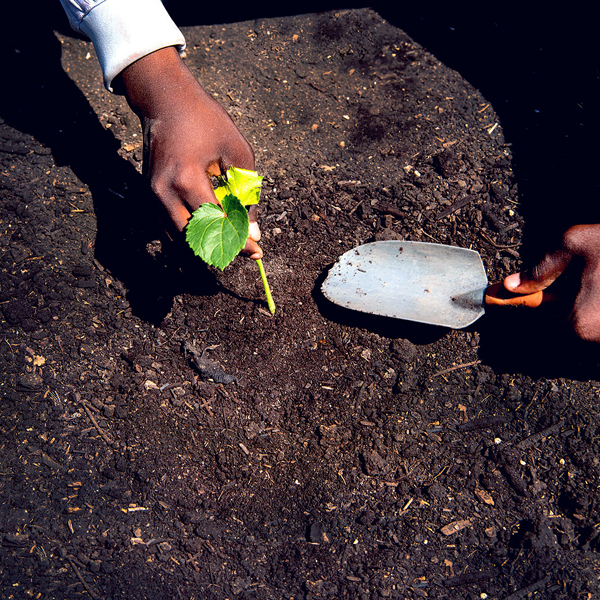
Compost vs. mulch vs. organic matter
What's the difference? They're all natural soil amendments, but the terminology can get confusing.
Compost is a general term for natural materials that have decomposed enough to be added to your soil. Every kitchen generates the materials for great compost: fruit and vegetable trimmings, egg shells, coffee grounds. Every yard generates "greens and browns": grass clippings, leaves, pine needles, twigs. Combined in a compost pile, these materials break down into rich food for your soil. It is important to balance the amount of greens and browns in your compost. Too much of one or the other can affect the quality of the compost or result in offensive odors.
Note: If you apply chemicals to your lawn, don't use the clippings in your compost.
The benefits are many:
- Compost recycles your household's waste…for free.
- Homemade compost is safe—its ingredients are known to you and are as chemical-free as you make them.
- Composting breaks down large molecules into smaller components…that soil inhabitants continue to decompose into usable nutrients for your plants.
- Compost naturally contains the elements that your plants need—there's no need to supplement with chemical versions.
Mulch is the term used for a thick layer of leaves, straw, or marsh hay. Mulches are slow to decompose, but in the meantime they keep down weeds, moderate the soil temperature, and hold in moisture—all things that keep your plants healthy and happy.
Organic matter often includes manure. In the natural world, animals roam the land, and their waste products (and bodily remains) are a critical part of the decomposition cycle. In urban areas, most gardeners can only find cow and horse manure through retail sources. Consider the source before you buy! Search out an organic, hormone-free source or farming operation if you'd like to add manure to your soil.
A garden tip: Cover bare soil with compost or mulch, replenished throughout the gardening season. Save bark or wood mulch for paths or heavily landscaped beds, since it contributes little in the way of nutrients.
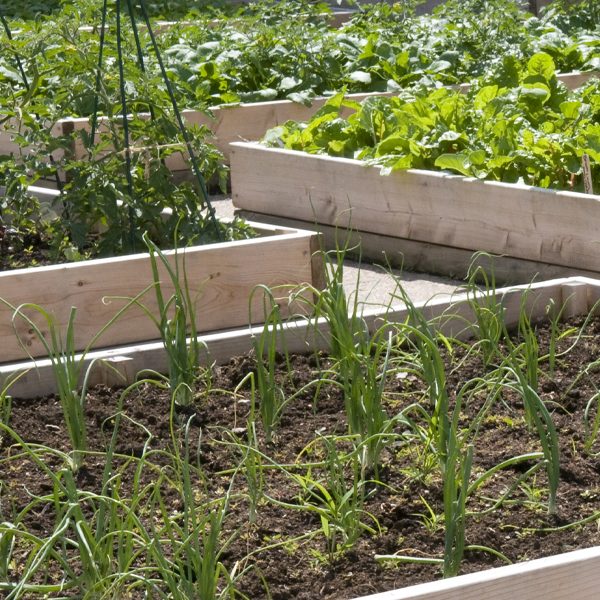
Got dirt? Start fresh with a raised bed garden, and heatlhy, nutrient-laden soil.
Don't fight your site!
If your soil is simply too difficult or contaminated to work with, don't fight it! Consider installing native plants that are already adapted to the conditions in your yard—water-loving natives, for example, in a constantly soggy spot, or native succulents in a patch of always-parched soil.
Trying to grow vegetables? Rather than amending soil on a grand scale, build a raised bed instead. Then you can start fresh, with soil that's rich in nutrients and organic materials and easy to add to season after season. You'll be stunned by the difference in vegetable quality—and taste—when you grow them in nutrient-laden, healthy soil.
As spring warms up and our growing season kicks into gear, make this your "year of the soil." It's a smart thing to do for your garden.
Karen Zaworski is a garden writer and photographer who lives and gardens in Oak Park, Illinois.

